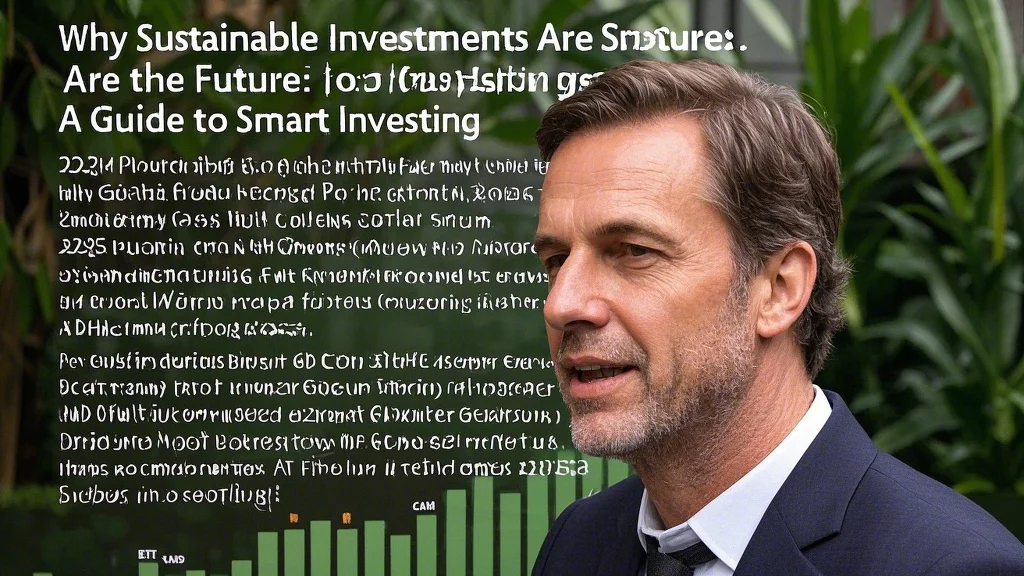The Great Investment Debate: Real Estate vs Stocks for 2025
As we approach 2025, investors face a classic dilemma – should they allocate more capital to tangible real estate investing advice or focus on the potential of growth stocks to buy? The answer isn’t as straightforward as comparing historical returns. Real estate offers the comfort of physical assets and predictable cash flows, while growth stocks provide liquidity and exposure to technological disruption. What makes this decision particularly challenging in the current climate is the unusual economic environment – persistent inflation affects property values and interest rates differently than it impacts stock valuations. Savvy investors recognize that the optimal portfolio likely includes both, but the weighting depends heavily on individual circumstances including risk tolerance, investment horizon, and personal expertise.
The post-pandemic world has altered both asset classes in fundamental ways. Remote work trends have reshaped commercial real estate values while creating new residential hotspots. Simultaneously, artificial intelligence breakthroughs are fueling a new generation of growth stocks that could transform entire industries. These structural changes mean historical performance data may not reliably predict future results. Investors must analyze not just which asset class performs better on paper, but which aligns better with their skills, time availability, and emotional temperament. The hands-on nature of real estate appeals to some, while others prefer the set-it-and-forget-it approach possible with stock investing.
Essential Real Estate Investing Advice for the Current Market
Solid real estate investing advice in 2025 must account for several unique market conditions. The era of ultra-low mortgage rates has ended, changing the math on property acquisitions. However, this also means less competition from amateur investors who relied on cheap leverage. Focus markets have shifted dramatically – Sun Belt cities continue attracting migration, while traditional coastal hubs face affordability crises. The most successful strategies now involve identifying neighborhoods with strong job growth, infrastructure investments, and demographic tailwinds rather than relying on broad market appreciation.
Modern real estate investing advice increasingly emphasizes operational efficiency alongside acquisition strategy. With rising insurance costs and property taxes squeezing margins, investors must become sophisticated about expense management. Creative approaches like accessory dwelling units (ADUs) or short-term rental strategies can boost returns, but require understanding local regulations. Perhaps most importantly, the 1031 exchange process remains a powerful tool for deferring capital gains, though proposed legislative changes could alter its benefits. Investors should maintain relationships with experienced tax professionals and local real estate attorneys – their guidance often proves more valuable than generic online advice in navigating complex transactions.
Identifying Promising Growth Stocks to Buy for 2025
Selecting growth stocks to buy in 2025 requires navigating a market that’s simultaneously excited about AI potential and wary of extended valuations. The most compelling opportunities often lie in companies applying artificial intelligence to transform traditional industries rather than pure-play AI firms. Healthcare stands out as particularly ripe for disruption, with biotechnology firms using machine learning for drug discovery and medical device companies incorporating predictive analytics. Another promising area involves climate tech – companies developing sustainable alternatives in energy, agriculture, and materials stand to benefit from both consumer trends and government incentives.
When evaluating growth stocks to buy, investors should prioritize companies demonstrating a clear path to profitability rather than just revenue growth. The market’s patience for money-losing growth stories has diminished significantly in the higher-rate environment. Key metrics to watch include gross margin trends, customer acquisition costs, and cash conversion cycles. Particularly in technology sectors, competitive moats matter more than ever – look for companies with proprietary datasets, network effects, or regulatory advantages that competitors can’t easily replicate. While past performance doesn’t guarantee future results, studying how companies navigated the 2022-2023 market downturn provides valuable insight into management resilience.

Investment Risk Management Across Asset Classes
Effective investment risk management looks dramatically different for real estate versus stock portfolios. Property investors face concentration risk – a single bad tenant or local market downturn can significantly impact returns. Stock investors conversely face volatility risk – prices can swing wildly based on macroeconomic factors unrelated to company fundamentals. The best strategies acknowledge these differences: real estate portfolios benefit from geographic and property type diversification, while stock portfolios require careful sector allocation and position sizing.
Sophisticated investment risk management in 2025 must also account for correlation risks between asset classes that previously moved independently. The pandemic era demonstrated how even real estate markets could become synchronized globally through remote work trends. Similarly, growth stocks now often move in tandem based on interest rate expectations rather than individual company performance. Investors should stress-test their portfolios against various scenarios: prolonged high inflation, a sharp economic contraction, or geopolitical shocks. Tools like stop-loss orders for stocks and umbrella insurance policies for real estate can provide additional protection, though they’re no substitute for proper diversification.
Developing Smart Investment Strategies for a Hybrid Approach
The most successful smart investment strategies for 2025 will likely blend real estate and stock exposure in complementary ways. One approach involves using real estate investment trusts (REITs) to gain property exposure without direct ownership hassles, while maintaining stock positions for growth. Another strategy pairs stable rental income from properties with higher-risk growth stock allocations – the cash flow can provide psychological comfort during market downturns. Tax considerations play a crucial role in these hybrid approaches, as real estate offers depreciation benefits while stocks provide more favorable long-term capital gains treatment.
Truly smart investment strategies also account for the investor’s personal situation. Active professionals might prefer the passive nature of stock investing, while those with handyman skills could find real estate more rewarding. Time horizon matters tremendously – real estate’s illiquidity makes it problematic for those who might need quick access to capital. Perhaps most importantly, successful investors recognize that their ideal asset allocation will evolve over time – what works for a 30-year-old building wealth aggressively won’t suit a 55-year-old preparing for retirement.
Exploring Alternative Investments to Complement Core Holdings
Beyond traditional stocks and real estate, today’s investors have access to an array of alternative investments that can enhance diversification. Private credit funds offer higher yields than public bonds, while farmland investments provide inflation protection with low correlation to financial markets. Digital assets like blockchain-based securities represent another frontier, though with higher risk. These alternatives typically work best as portfolio complements rather than core holdings – the 5-15% allocation range allows participation in their unique return streams without excessive exposure to their liquidity constraints and valuation challenges.
The most compelling alternative investments for 2025 share certain characteristics: clear value propositions, professional management, and transparent fee structures. Investors should be particularly wary of products promising double-digit returns with “no risk” – if something sounds too good to be true, it almost always is. Due diligence is especially important in alternatives, as these markets lack the regulation and reporting requirements of public securities. That said, properly vetted alternatives can provide valuable diversification benefits that smooth overall portfolio returns during periods of market stress.
Crafting Your Personalized 2025 Investment Blueprint
The real estate versus stocks debate ultimately has no universal answer – the optimal choice depends entirely on individual goals and circumstances. Young investors with stable incomes might overweight growth stocks for their compounding potential, while those nearing retirement could benefit from real estate’s cash flow. Geographic factors also matter – someone living in a high-growth real estate market might emphasize local property investments, while those in stagnant housing markets could find better opportunities in equities.
The wisest approach for 2025 likely involves maintaining flexibility – keeping powder dry for real estate opportunities if prices soften, while dollar-cost averaging into stock positions to smooth entry points. Regular portfolio reviews (at least annually) help ensure allocations remain aligned with changing market conditions and personal circumstances. Perhaps most importantly, investors should resist the temptation to chase last year’s winners – both real estate and stock markets reward those who think ahead rather than look backward. By combining disciplined investment risk management with a clear understanding of personal financial goals, investors can construct portfolios positioned to thrive in whatever 2025 brings.



